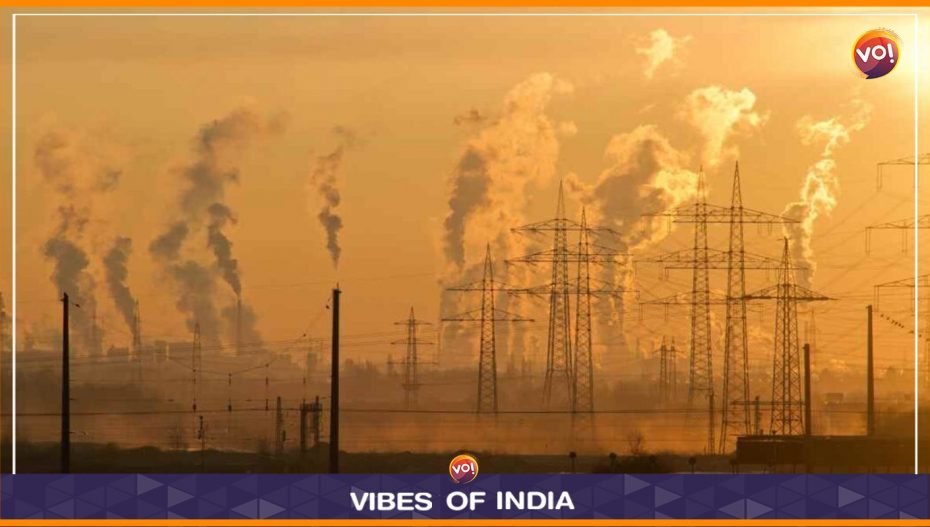The majority of India’s major states, including the densely populous Uttar Pradesh and Bihar as well as economic powerhouses like Tamil Nadu and Maharashtra, have been listed among the top 100 states faced with climate risk in the built environment. Another stand-out point for India is that a glance at the global heatmap shows it to be one of the very few countries where most of the territory is at risk.
State that figure in the list include: Bihar, Uttar Pradesh, Assam, Rajasthan, Tamil Nadu, Maharashtra, Gujarat, Punjab, Kerala, Madhya Pradesh, West Bengal, Haryana, Karnataka, and Andhra Pradesh.
According to a recent review of climate risk, flooding in 14 Indian states poses the greatest threat of damage to the country. Each state is similar to a mid-sized or small country, ranging from Pakistan to the UK to Venezuela, totalling around one billion people, or one in every eight persons on the planet. More than half of the top 100 list is dominated by China, the US and India.
Given the objective it sets out to accomplish, which is to be a metric for banks, investors, enterprises, and politicians, the report “Gross Domestic Climate Risk,” is an in-depth study. It is an attempt to value the risk of global warming in the financial markets. In more than 2,600 regions around the world, it evaluates the physical climate risk to the built environment in 2050.
The analysis has taken into account eight different climate-related threats, with flooding being just one of them. The report includes soil displacement (caused by drought), high heat, forest fire, riverine and surface flooding, which is the biggest threat to the built environment globally, coastal inundation, extreme wind, and freeze-thaw.
The authors of the report explain why India has the second-highest number of states in the top 100 rankings for aggregate damage in 2050, right behind China. The top states typically share the following characteristics: they are big, and they have built-up areas that are especially vulnerable to extreme weather and climate change hazards, particularly surface and riverine flooding.
The system calculates the damage to the built environment based on the scenario of global warming of 3 degrees over the pre-industrial average by the end of this century using global climate models, local weather and environmental data, and engineering archetypes.
Also Read: RBI Push To December Launch Of CBDC Pilot In Delhi’s Chandni Chowk













